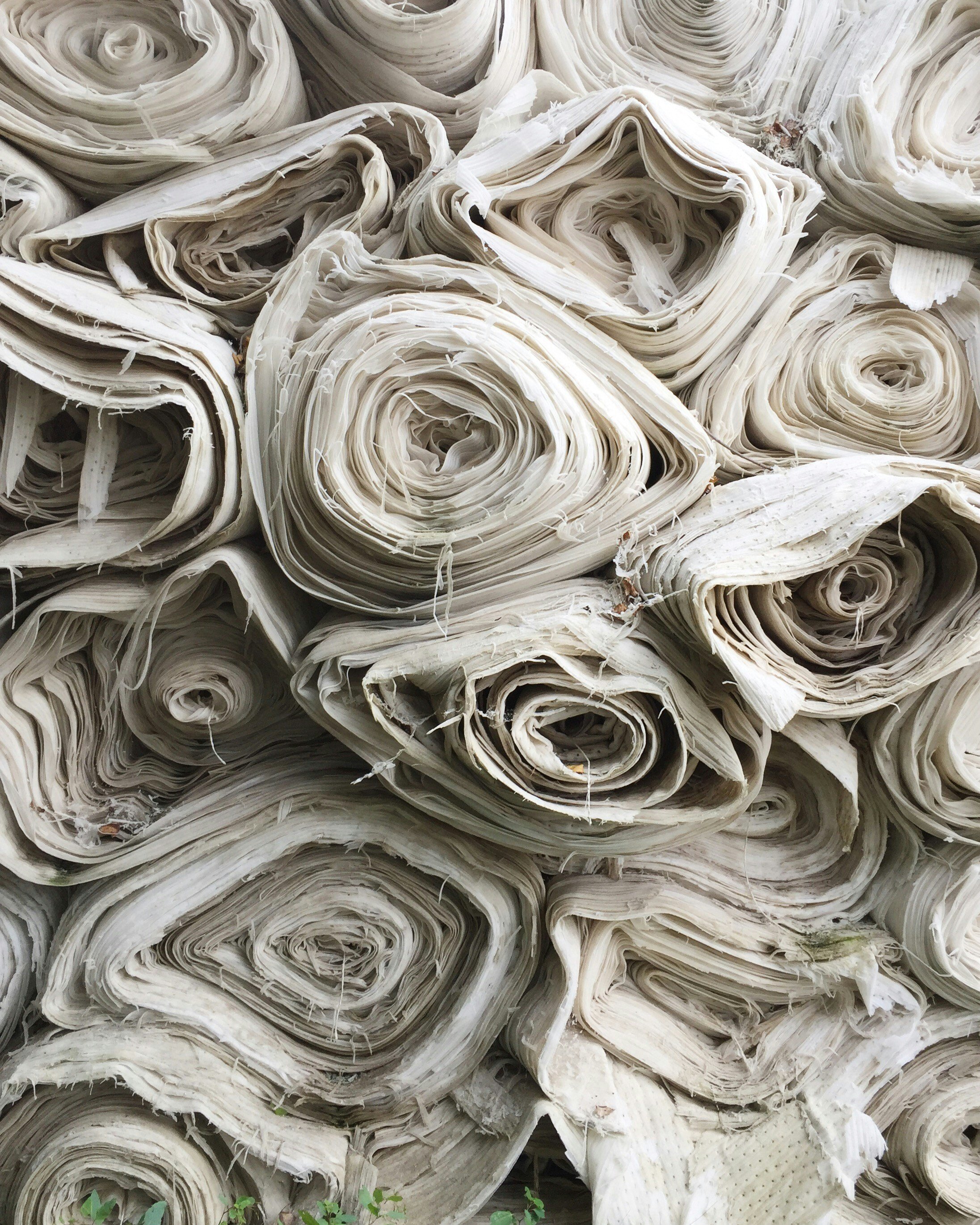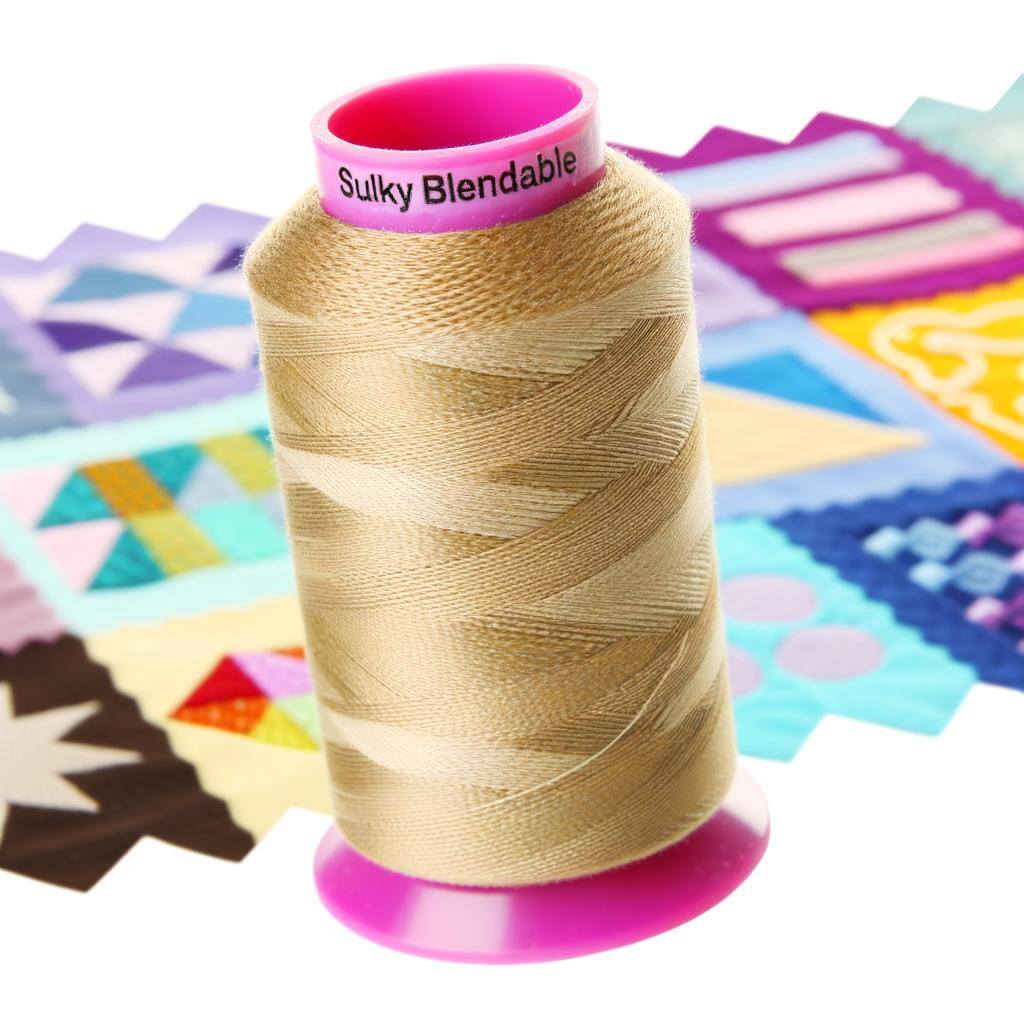The Urge To Serge
Serger Seam Finishes:
- Sergers can create several types of seam finishes, including:
- Overlock: Ideal for preventing fabric fraying on edges.
- Rolled Hem: Used for delicate and lightweight fabrics.
- Flatlock: Great for decorative seams or joining seams on knit fabrics.
- Narrow Hem: Creates a narrow, neat hem.
Here is yet another great feature on our sergers, differential feed. Yes, the differential feed feature in a serger is incredibly useful and versatile. It's one of the key functions that sets sergers apart from regular sewing machines. The differential feed allows you to control the movement of the front and rear feed dogs or feed systems independently, resulting in a range of benefits
: -
Fabric Control: Differential feed helps prevent stretching or puckering of fabrics, especially when working with knits or lightweight materials. It ensures that the top and bottom layers of fabric are fed through the machine at the same rate, preventing distortion.
-
Gathering and Ruffling: By adjusting the differential feed settings, you can create controlled gathers or ruffles in your fabric. This is handy for projects like gathering skirts, ruffling edges, or adding decorative texture.
-
Stretch Fabrics: When sewing stretchy fabrics like jersey or spandex, you can use the differential feed to prevent the fabric from becoming wavy or stretched out during sewing. This ensures that the finished seams lay flat and look professional.
-
Sheer Fabrics: For delicate and sheer fabrics, the differential feed helps in handling them smoothly, preventing them from getting sucked into the machine or becoming distorted.
-
Decorative Effects: You can use the differential feed to intentionally create decorative effects on your seams, such as letting the fabric ripple or ripple it less for a smooth, flat appearance.
-
Quilting and Piecing: When working on quilts or piecing projects, the differential feed can help align seams and fabric layers precisely, reducing the chance of fabric shifting.
In summary, the differential feed in a serger is a valuable tool that enhances your sewing capabilities, providing control and versatility when working with various fabrics and achieving professional-looking results. Take the plunge and stop in for a demonstration!

 By
By

.jpg)
